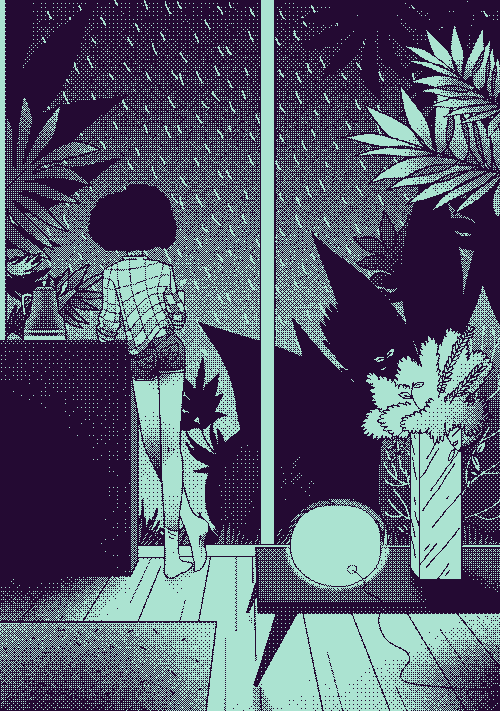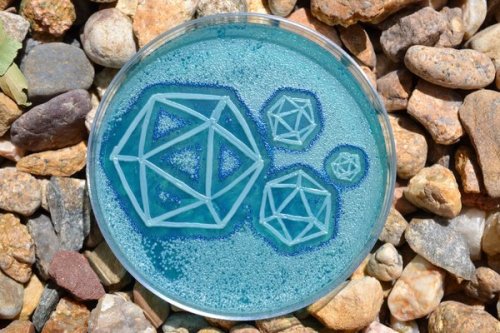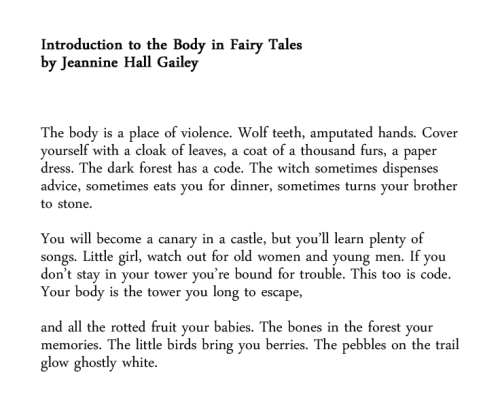Theidlerhour - Bricolage Brain

More Posts from Theidlerhour and Others
Tonight please pray for all the innocent lives that will be lost in Syria due to the airstrike decision which has been agreed upon.
The mistakes you’ve made do not invalidate everything you say/do/achieve for the rest of your life.
(via michael-julian)
The pride
When your little sister can reiterate the jist of Millikan, Rutherford, and Daltons models of the atom.
“And then there was this oil, and these charged plates, and he shot xrays at it, and the drops floated…. ”
“And then there was this gold foil, real gold, and they shot it, and some of the particles shot back, and everyone was like, whoa….DENSELY PACKED NUCLEUS”
today my anthro professor said something kindof really beautiful:
“you all have a little bit of ‘I want to save the world’ in you, that’s why you’re here, in college. I want you to know that it’s okay if you only save one person, and it’s okay if that person is you”


Today is the 100th anniversary of Einstein’s presentation of general relativity’s field equations to the Prussian Academy of Sciences. The equations demonstrated the relationship between the local curvature of spacetime and the energy and momentum within that area of spacetime. The first image shows the way that Einstein first presented the equations in his 25 November 1915 paper, where G_im is the Ricci tensor; g_im, the metric tensor; T_im, the energy–momentum tensor for matter; and κ is proportional to Newton’s gravitational constant. The second image shows a modern full version of the equation where R_μν, is the Ricci curvature tensor; R, is the scalar curvature; g_μν, is the metric tensor; Λ, is the cosmological constant; G, is Newton’s gravitational constant; c, is the speed of light in vacuum; and T_μν, is the stress–energy tensor. For more about Einstein’s development of the equations, we have a article available from our November issue: http://dx.doi.org/10.1063/PT.3.2979
via: Physics Today


see-linewoman
by Jerrod La Rue
We don’t want to conquer space at all. We want to expand Earth endlessly. We don’t want other worlds; we want a mirror. We seek contact and will never achieve it. We are in the foolish position of a man striving for a goal he fears and doesn’t want. Man needs man!
Solaris (1972), Andrei Tarkovsky (via giveintosin)
in your opinion, what's going to happen when the physical properties of silicon can't sustain moore's law anymore
nothing, for two reasons
first some background: moore’s law states that every year the number of components (transistors) on integrated circuits will double (due to engineering breakthroughs). it has proved to be somewhat correct. it occurs due to our ability to manufacture smaller and smaller transistors which has a few effects, discussed later. eventually we will hit a point where it no longer matters how small we can print transistors as the fundamental electrical characteristics of silicon break down
in the next couple of years, we will see chips from intel with transistors printed about ten nanometers apart. we approach the limits silicon can handle, theoretically, around ~1nm
in circuits this small, you start seeing tunneling effects which are phenomenons of quantum physics wherein the propagation delay of charge falls to zero, meaning stimulation of the source terminal of a transistor would elicit a response on the drain terminal without any time elapsing. electrons just “blink” from one end of the xsistor to the other. you’d think this would be a good thing, but it isn’t. anyone with advanced physics degrees or deep VLSI knowlege is welcome to chime in why.
anyway
the first reason is there is no alternative to silicon. we have poured billions into researching things like gallium arsenide as a replacement for silicon in integrated circuits. it doesn’t work as well as silicon. people will try to convince you otherwise and those people are crackpots
we have poured a lot of time & money into researching quantum computers and discovered that they are only superior for very specific tasks such as brute-forcing encryption keys and other things of that nature. they will also probably never cost a billion dollars each to manufacture, never need anything less than a power plant and vats of liquid helium to operate, etc etc
the logical “next step” might be optical computing. here, you fundamentally change the hardware paradigm from electrons traveling through traces cut in a mediating silicon substrate between transistors to photons traveling through ?? mediated by ?? between “phototransistors”. the underlying principle is that light, in some cases, travels faster than voltage propagates through conductors. i’m going to get a lot of asks saying “durr kremlin but the speed of light is constant and i took high school physics and blah blah blah” and that’s a discussion worth its own post
this kind of tech is far off. not in our lifetime, not in your children’s lifetime, not in your children’s children’s lifetime
the reason we make transistors smaller is so we can pack them together more closely. this reduces the distance charge must travel in the circuit, making the cycles of these circuits take less time to complete. smaller transistors also generally necessitate less impedance and operate correctly at lower voltages, meaning their operating frequency can increase without a corresponding drop in reliability
these are all nice things, but they are only one piece of the puzzle. how you lay out these transistors is a much more critical and relevant problem. taking a previous VLSI design and shrinking it only works to a point after which you must redesign the layout entirely. intel’s “tick-tock” release/development department follows this model. long before and long after we hit the fundamental limits of silicon, the problem will be laying out our CPU circuits in such a way that we can actually eek out the performance provided by smaller transistors. this is a much, much harder problem to solve than “how do i make the transistor smaller”
the second, more pragmatic reason is that CPUs are fast enough already. there are scarce few problems that can be solved with faster discrete processors that can’t be solved with a million slower ones linked together
the whole tiny-transistor thing is really more of a marketing phenomenon than anything else







Masterpieces in Agar. These are some of the most beautiful Agar Art pics from (and inspired by) the annual competition hosted by the American Society for Microbiology. Read more about the contest, the artists, and their work here.
-
 hugefangs liked this · 2 weeks ago
hugefangs liked this · 2 weeks ago -
 inkworlds liked this · 2 weeks ago
inkworlds liked this · 2 weeks ago -
 sublimegiverpanda liked this · 2 weeks ago
sublimegiverpanda liked this · 2 weeks ago -
 14gennaio2013 liked this · 2 weeks ago
14gennaio2013 liked this · 2 weeks ago -
 nightdrivedemons reblogged this · 2 weeks ago
nightdrivedemons reblogged this · 2 weeks ago -
 ledeko reblogged this · 2 weeks ago
ledeko reblogged this · 2 weeks ago -
 ledeko liked this · 2 weeks ago
ledeko liked this · 2 weeks ago -
 olivedog reblogged this · 2 weeks ago
olivedog reblogged this · 2 weeks ago -
 alteregodepega reblogged this · 2 weeks ago
alteregodepega reblogged this · 2 weeks ago -
 alteregodepega liked this · 3 weeks ago
alteregodepega liked this · 3 weeks ago -
 sunflarie liked this · 1 month ago
sunflarie liked this · 1 month ago -
 doc-tk421 reblogged this · 1 month ago
doc-tk421 reblogged this · 1 month ago -
 hippiewolf reblogged this · 1 month ago
hippiewolf reblogged this · 1 month ago -
 hippiewolf liked this · 1 month ago
hippiewolf liked this · 1 month ago -
 sweethoneybear liked this · 2 months ago
sweethoneybear liked this · 2 months ago -
 outtafvcks liked this · 2 months ago
outtafvcks liked this · 2 months ago -
 hangtime23-blog liked this · 2 months ago
hangtime23-blog liked this · 2 months ago -
 danilopirajaworld liked this · 2 months ago
danilopirajaworld liked this · 2 months ago -
 lilstraythoughts liked this · 2 months ago
lilstraythoughts liked this · 2 months ago -
 spicyhoney liked this · 2 months ago
spicyhoney liked this · 2 months ago -
 gekaidaimonmichiko reblogged this · 2 months ago
gekaidaimonmichiko reblogged this · 2 months ago -
 griot liked this · 2 months ago
griot liked this · 2 months ago -
 euphorichappiness10 reblogged this · 2 months ago
euphorichappiness10 reblogged this · 2 months ago -
 euphorichappiness10 liked this · 2 months ago
euphorichappiness10 liked this · 2 months ago -
 lightshowdillon reblogged this · 2 months ago
lightshowdillon reblogged this · 2 months ago -
 bazookadeathmatch liked this · 2 months ago
bazookadeathmatch liked this · 2 months ago -
 gatewayplug liked this · 2 months ago
gatewayplug liked this · 2 months ago -
 zurwellen liked this · 2 months ago
zurwellen liked this · 2 months ago -
 annie-manga liked this · 2 months ago
annie-manga liked this · 2 months ago -
 ottoghetto liked this · 2 months ago
ottoghetto liked this · 2 months ago -
 thegoldennera reblogged this · 2 months ago
thegoldennera reblogged this · 2 months ago -
 thegoldennera liked this · 2 months ago
thegoldennera liked this · 2 months ago -
 krowspiracyanon liked this · 2 months ago
krowspiracyanon liked this · 2 months ago -
 frantictrophies liked this · 2 months ago
frantictrophies liked this · 2 months ago -
 zandeip liked this · 2 months ago
zandeip liked this · 2 months ago -
 sognidagestire liked this · 2 months ago
sognidagestire liked this · 2 months ago -
 nicadios reblogged this · 2 months ago
nicadios reblogged this · 2 months ago -
 nicadios liked this · 2 months ago
nicadios liked this · 2 months ago -
 dengarjr reblogged this · 2 months ago
dengarjr reblogged this · 2 months ago -
 dengarjr liked this · 2 months ago
dengarjr liked this · 2 months ago -
 lucandian liked this · 2 months ago
lucandian liked this · 2 months ago -
 quietprimrose liked this · 2 months ago
quietprimrose liked this · 2 months ago -
 principersadanimo liked this · 2 months ago
principersadanimo liked this · 2 months ago -
 cutebutreallypsycho liked this · 2 months ago
cutebutreallypsycho liked this · 2 months ago -
 roarman1023 reblogged this · 2 months ago
roarman1023 reblogged this · 2 months ago -
 roarman1023 liked this · 2 months ago
roarman1023 liked this · 2 months ago
"To awaken my spirit through hard work and dedicate my life to knowledge... What do you seek?"
229 posts
